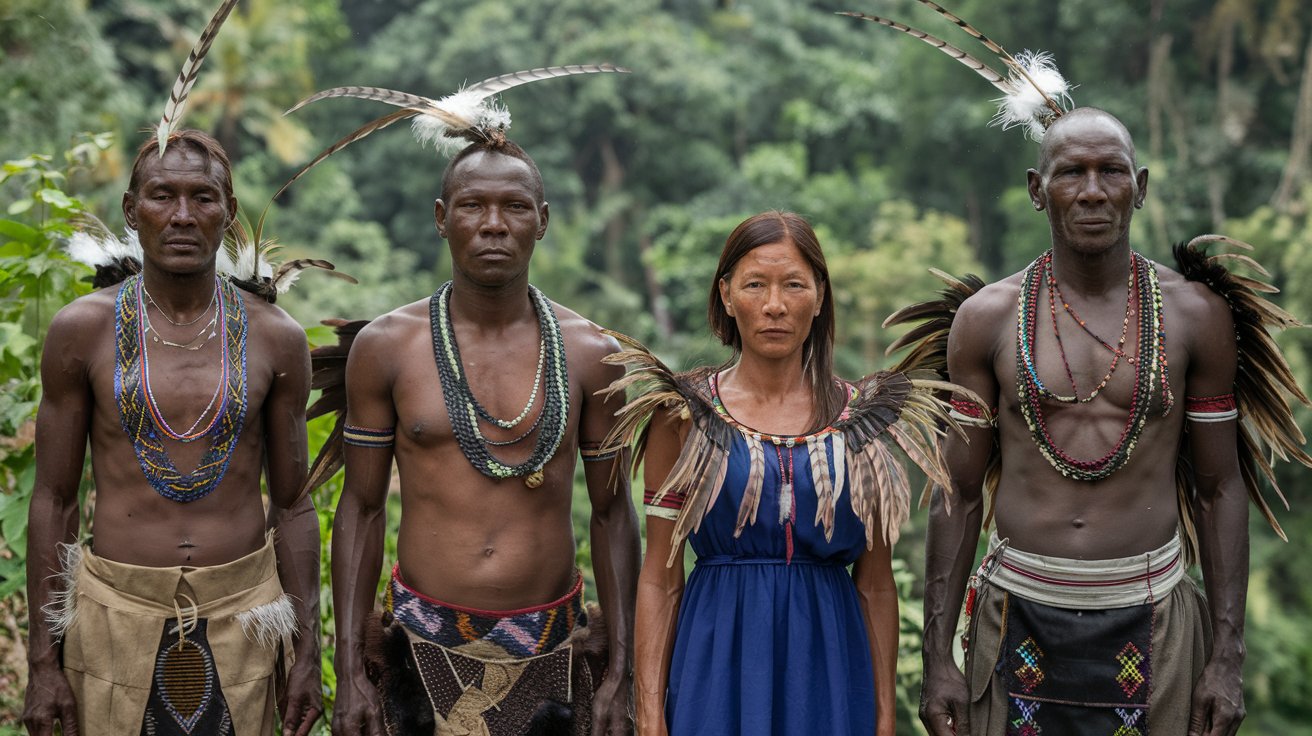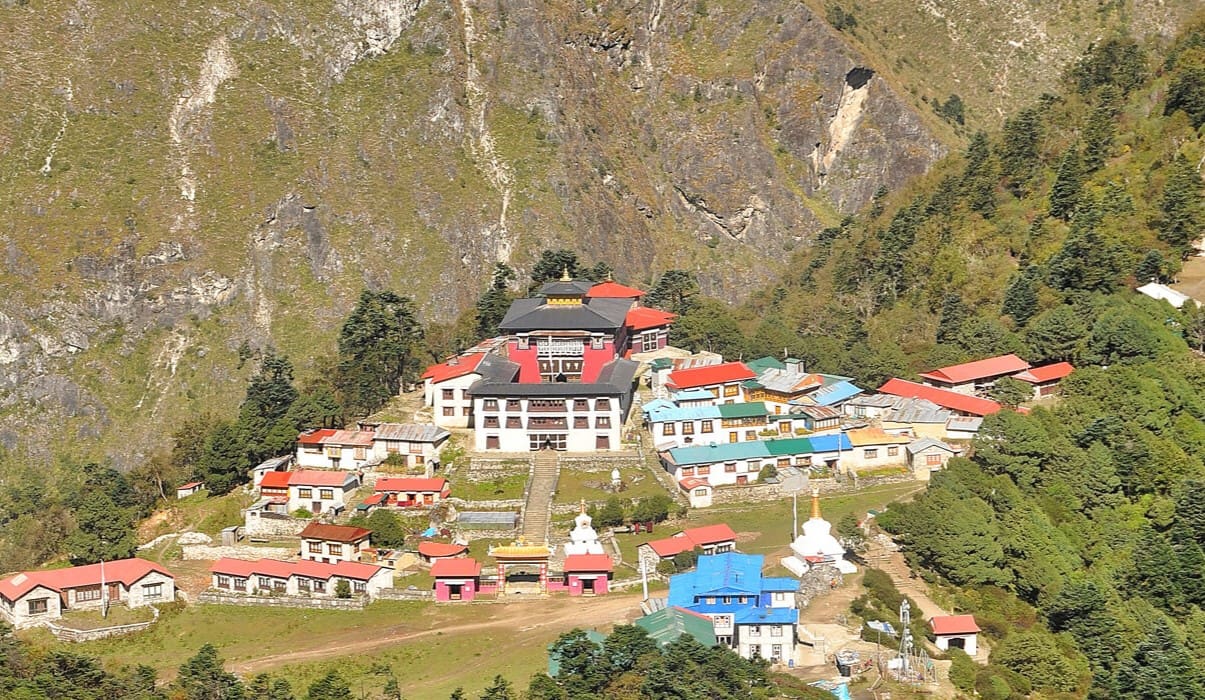
Konkow people, also known as the Concow Maidu, are a Native American tribe from Northern California. They have a rich history and culture that spans thousands of years. Did you know that the Konkow language is part of the Maiduan language family? This language family includes several other tribes in the region. The Konkow have unique traditions, from their basket weaving techniques to their ceremonial dances. Ever wondered about their diet? They traditionally relied on acorns, fish, and game. Despite facing numerous challenges over the years, the Konkow people continue to preserve their heritage and pass it down through generations. Curious about more intriguing facts? Keep reading to uncover 32 fascinating details about the Konkow tribe!
The Konkow People: An Overview
The Konkow people, also known as the Concow Maidu, are a Native American tribe from Northern California. Their rich history and culture are fascinating, filled with unique traditions and stories.
- The Konkow are part of the larger Maidu tribe, which also includes the Nisenan and Mountain Maidu groups.
- They traditionally lived in the Sierra Nevada foothills and the Sacramento Valley.
- The name "Konkow" means "meadow people" in their language.
- Their language, Konkow, is part of the Maiduan language family.
- The Konkow people were skilled basket weavers, creating intricate designs with natural materials.
Traditional Lifestyle and Practices
The Konkow had a deep connection with nature, relying on the land for food, shelter, and materials for daily life.
- They practiced seasonal migration, moving to different areas depending on the availability of resources.
- Acorns were a staple in their diet, which they ground into flour for making bread.
- Fishing and hunting were crucial for their sustenance, with salmon being a significant food source.
- They used tule reeds to construct their homes, which were called "tule houses."
- The Konkow people held ceremonies and dances to honor the spirits and ensure a good harvest.
Social Structure and Governance
The Konkow had a well-defined social structure and governance system that helped maintain order within their communities.
- Villages were led by a chief, who was responsible for making important decisions and leading ceremonies.
- The chief was often assisted by a council of elders, who provided wisdom and guidance.
- Social status was determined by one's role in the community, with skilled artisans and hunters holding high regard.
- Marriage was an important institution, often arranged to strengthen alliances between families.
- The Konkow practiced a form of restorative justice, focusing on repairing harm rather than punishment.
Art and Craftsmanship
Art and craftsmanship were integral parts of Konkow culture, reflecting their deep connection to nature and spirituality.
- Basket weaving was a highly respected skill, with baskets used for carrying, storing, and cooking food.
- They created beautiful beadwork, often incorporating shells, bones, and stones.
- Pottery was another important craft, used for cooking and storage.
- The Konkow made tools and weapons from stone, bone, and wood, showcasing their resourcefulness.
- Their art often featured symbols and patterns representing animals, plants, and celestial bodies.
Language and Oral Traditions
The Konkow language and oral traditions played a crucial role in preserving their history and culture.
- The Konkow language is endangered, with efforts underway to revitalize it through language classes and recordings.
- Storytelling was a key method for passing down knowledge, with elders sharing tales of creation, heroes, and moral lessons.
- Songs and chants were used in ceremonies, often accompanied by traditional instruments like drums and rattles.
- The Konkow had a rich repertoire of myths and legends, explaining natural phenomena and cultural practices.
- Oral traditions also included practical knowledge, such as medicinal uses of plants and hunting techniques.
Modern-Day Konkow
Today, the Konkow people continue to preserve their heritage while adapting to contemporary life.
- Many Konkow descendants live in Northern California, particularly in Butte County.
- They actively participate in cultural events, such as powwows and traditional ceremonies.
- Efforts to revitalize the Konkow language include community classes and digital resources.
- The Konkow people are involved in environmental conservation, working to protect their ancestral lands.
- They collaborate with other Native American tribes to advocate for their rights and cultural preservation.
- Modern Konkow artists and musicians draw inspiration from their heritage, creating contemporary works that honor their traditions.
- The Konkow people continue to educate others about their history and culture, ensuring that their legacy endures.
Final Thoughts on Konkow Maidu
Konkow Maidu culture is rich and fascinating. From their unique language to their intricate basket weaving, they offer a glimpse into a world many know little about. Their traditions, passed down through generations, highlight a deep connection to nature and community. Despite facing numerous challenges, the Konkow Maidu have shown resilience and strength. Their stories and customs continue to inspire and educate those who take the time to learn. By understanding and appreciating their heritage, we can help preserve it for future generations. So next time you come across a piece of Maidu art or hear a story from their history, remember the vibrant culture behind it. Let's celebrate and support the Konkow Maidu in keeping their traditions alive.
Was this page helpful?
Our commitment to delivering trustworthy and engaging content is at the heart of what we do. Each fact on our site is contributed by real users like you, bringing a wealth of diverse insights and information. To ensure the highest standards of accuracy and reliability, our dedicated editors meticulously review each submission. This process guarantees that the facts we share are not only fascinating but also credible. Trust in our commitment to quality and authenticity as you explore and learn with us.


